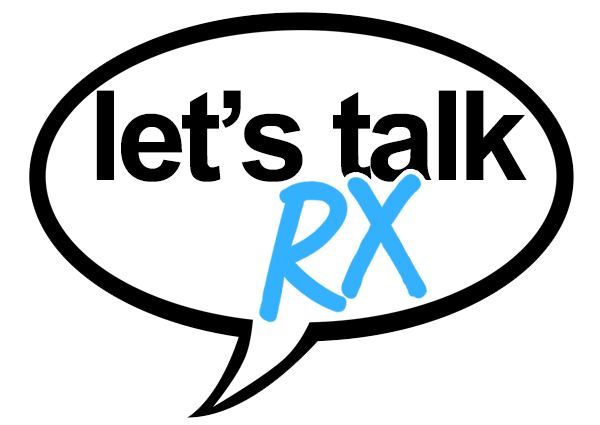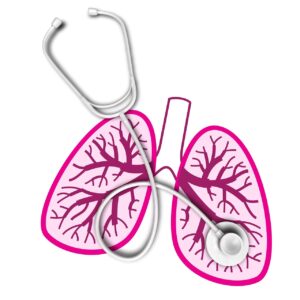Lung cancer is one of those diseases that many of us associate with smoking, and rightfully so — smoking is the leading cause. But what if I told you that lung cancer can affect people who’ve never touched a cigarette in their lives? Shocking, right? The truth is, there are several unexpected factors that can increase your risk of lung cancer, even if you’ve never lit up a cigarette. So, let’s dive into some of these lesser-known risk factors, and why you should be paying attention to them.
While many people are aware of the dangers of smoking, fewer realize that simply breathing in someone else’s smoke can put you at risk for lung cancer. Even if you’re not the one puffing away, long-term exposure to secondhand smoke, whether at home, at work, or in public places, increases your chances of developing lung cancer. The harmful chemicals in cigarette smoke linger in the air, and you could be inhaling them without even realizing it. It’s a serious risk, especially for those who live with smokers or work in environments where smoking is common.
Here’s something else that may surprise you: Radon. Radon is a naturally occurring radioactive gas that seeps up from the ground and can get trapped in your home. It’s colorless, odorless, and tasteless, making it almost impossible to detect without a radon test. Over time, breathing in radon can increase your risk of lung cancer, and it’s the second leading cause of the disease in the United States. Homes, especially those with basements, can have high levels of radon, so if you’re concerned, it’s worth testing your home for it.
We’ve all heard about the dangers of smog in big cities, but did you know that long-term exposure to polluted air can also contribute to lung cancer risk? Air pollution contains harmful particles that can damage the lungs, leading to chronic conditions and even cancer over time. So, while you may not live in a city notorious for bad air quality, it’s still important to be aware of the air you’re breathing, especially in areas with industrial emissions or heavy traffic.
On a similar note, workplace exposure can also play a big role in lung cancer risk. Certain occupations put people at higher risk due to prolonged exposure to harmful substances. For example, construction workers, miners, and those in the automotive industry can be exposed to carcinogenic materials like asbestos, diesel exhaust, and silica dust, all of which have been linked to lung cancer. If you work in a field that exposes you to such risks, make sure to follow safety protocols and use protective equipment to reduce your chances of exposure.
Now, let’s talk about your family history. While lung cancer is most commonly associated with smoking, a family history of the disease can also increase your risk. Genetics can play a role in your susceptibility to certain types of cancer, including lung cancer. If you have close family members who’ve been diagnosed, it’s worth discussing your risk factors with a healthcare professional to determine if you should be screened more regularly.
We can’t forget about age. While lung cancer is more common in older adults, younger people can still be affected. In fact, there’s been a rise in lung cancer diagnoses among younger, non-smoking women. Age-related changes in the body and the accumulation of environmental exposures over time can increase risk, even if you’ve lived a smoke-free life.
While not often thought of as a risk factor, a poor diet can have an indirect impact on your lung cancer risk. A lack of fruits, vegetables, and essential nutrients may weaken your immune system, making it harder for your body to fight off harmful cells. Eating a diet rich in antioxidants and vitamins can help support lung health and potentially lower your risk.
So, there you have it — lung cancer is not just for smokers, and there are several unexpected factors that can increase your risk. The key is to be aware of these risks and take proactive steps to protect yourself, whether that’s improving the air quality in your home, watching your exposure to harmful substances, or staying on top of regular screenings if you’re at risk. Remember, being informed is the first step in staying healthy and giving yourself the best chance to catch any potential issues early!








